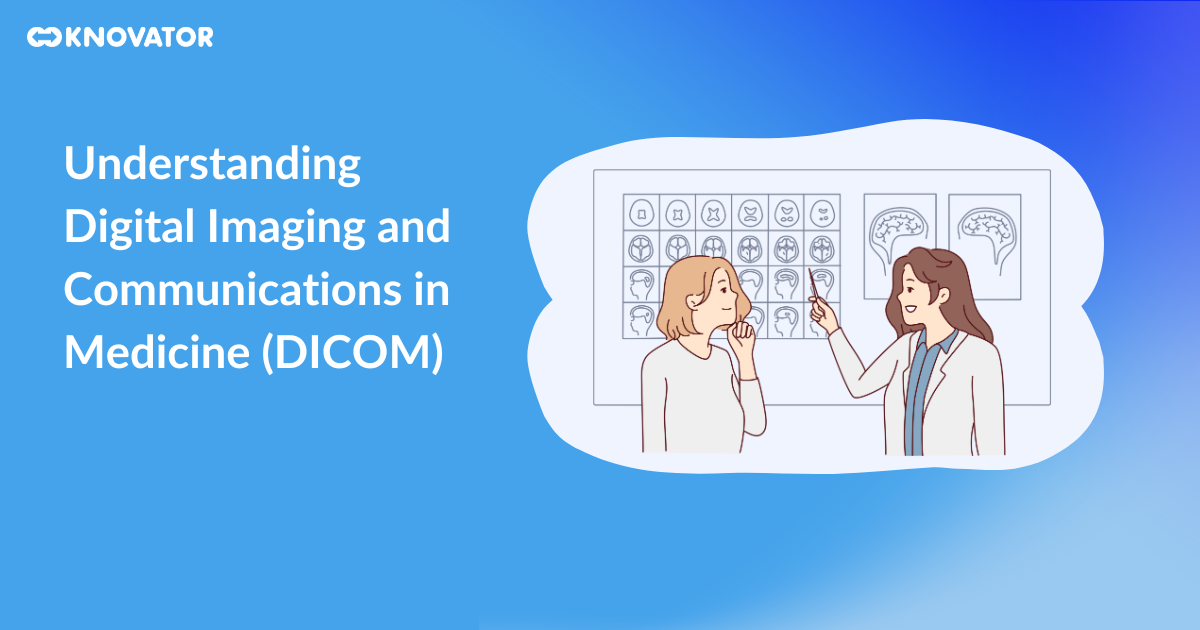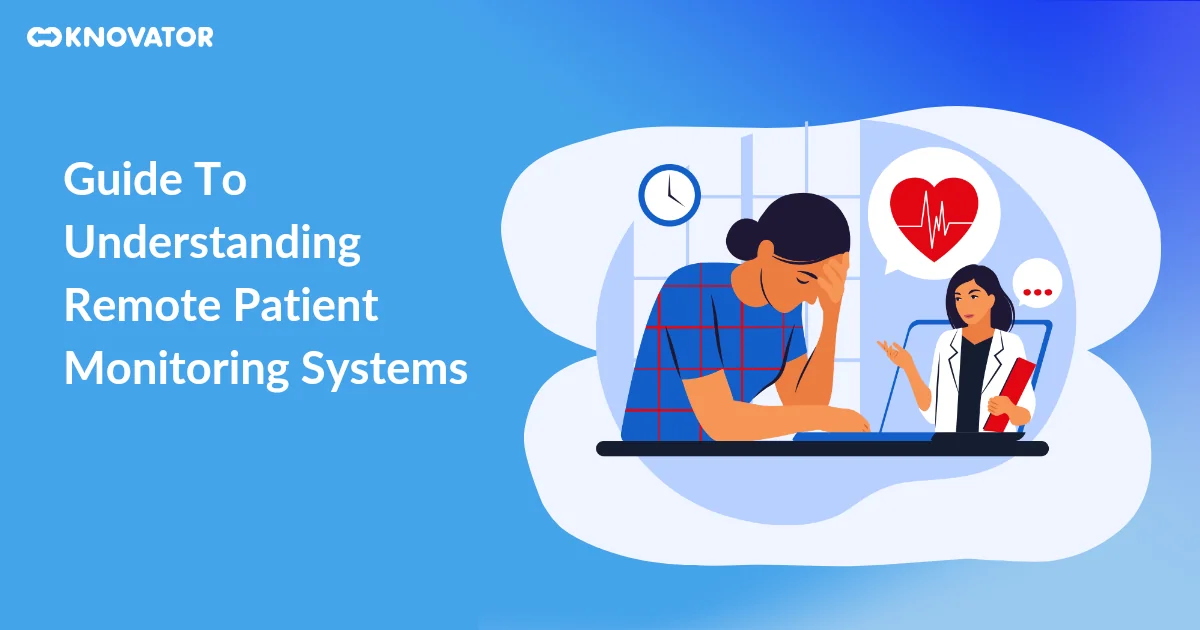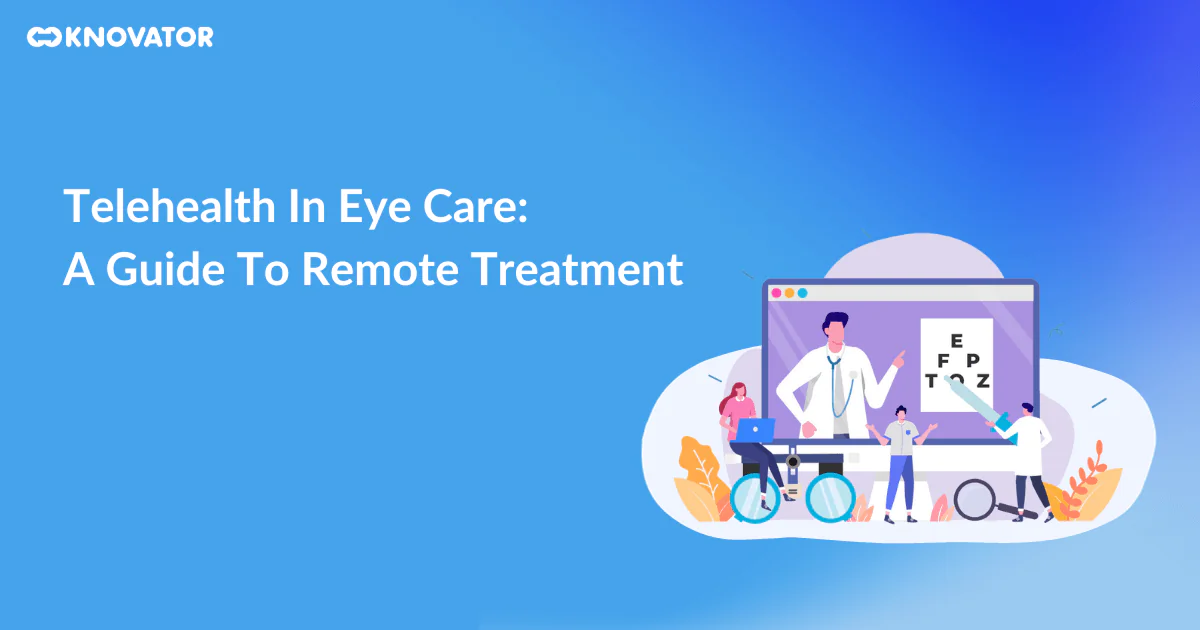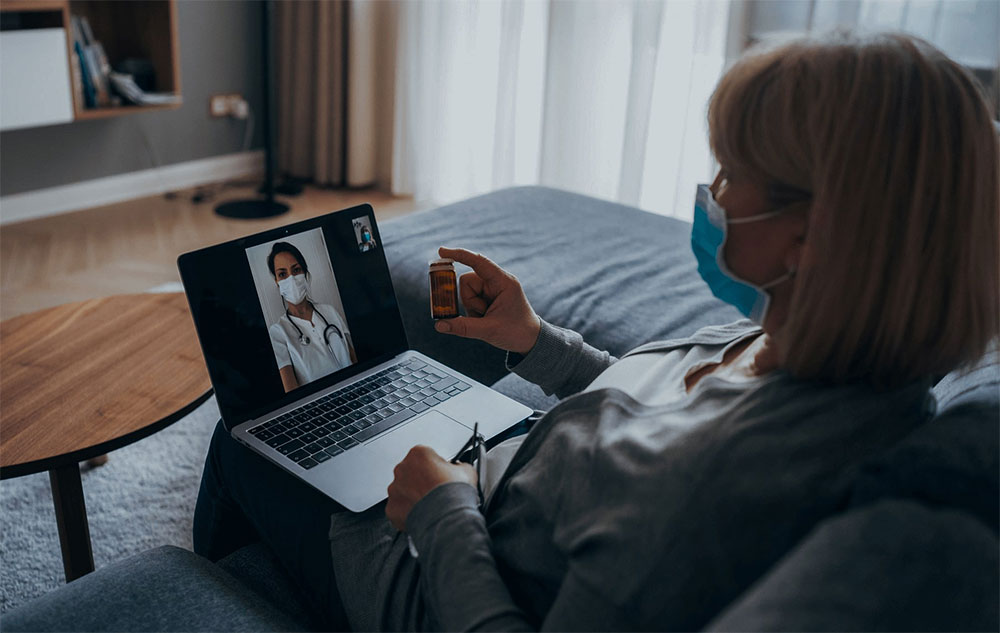The adoption of remote patient monitoring (RPM) has accelerated because of the covid – 19 pandemic. There is a drastic increase in patients in hospitals around the globe.
To overcome the spread of the virus, the government and health personnel have insisted all be at home.
Patients with medical conditions need to be treated remotely in the safety of their houses. Remote Patient Monitoring is the optimal solution for patients and doctors.
Benefits to Patient:
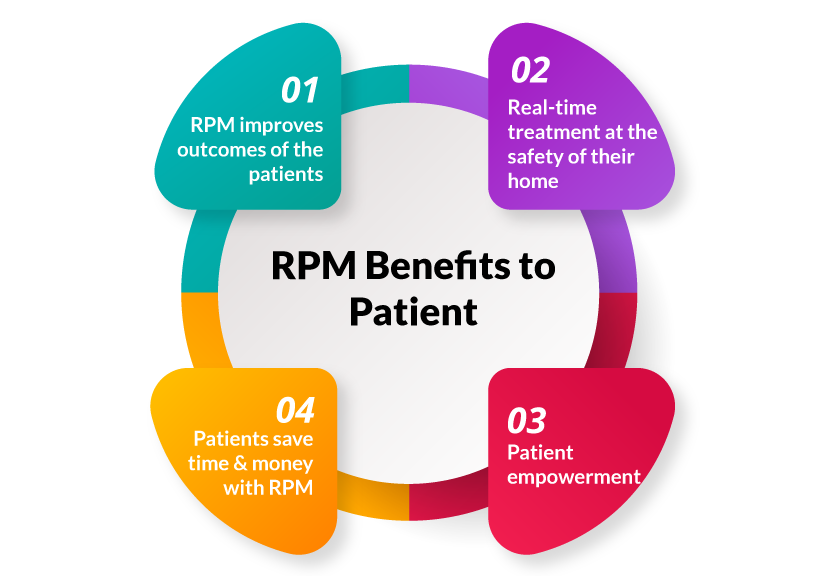 Let us explore – How remote patient monitoring (RPM) benefits the patients.
Let us explore – How remote patient monitoring (RPM) benefits the patients.
RPM improves outcomes of the patients
It is shown in the study conducted by the primary care practice in Riverside, California, that the patients enrolled in a remote patient monitoring program decreased their systolic blood pressure by 13 points.
71% of participants lost an average of about 4% of their weight and 95% of participants lowered their blood pressure.
Thanks to the integration of multiple actions for these possible results:
- Patients are provided with the devices which help them check their blood pressure, blood sugar, temperature etc., by themselves.
- The device sends reminders to the patients through text messages.
- There is in-app user data and charts to manage the progress of patients’ health.
- It builds a digital media library with relevant information for patients.
- For open discussions, it provides multimedia chat groups.
Also Read : Patient Engagement Solutions
Better for patients and doctors
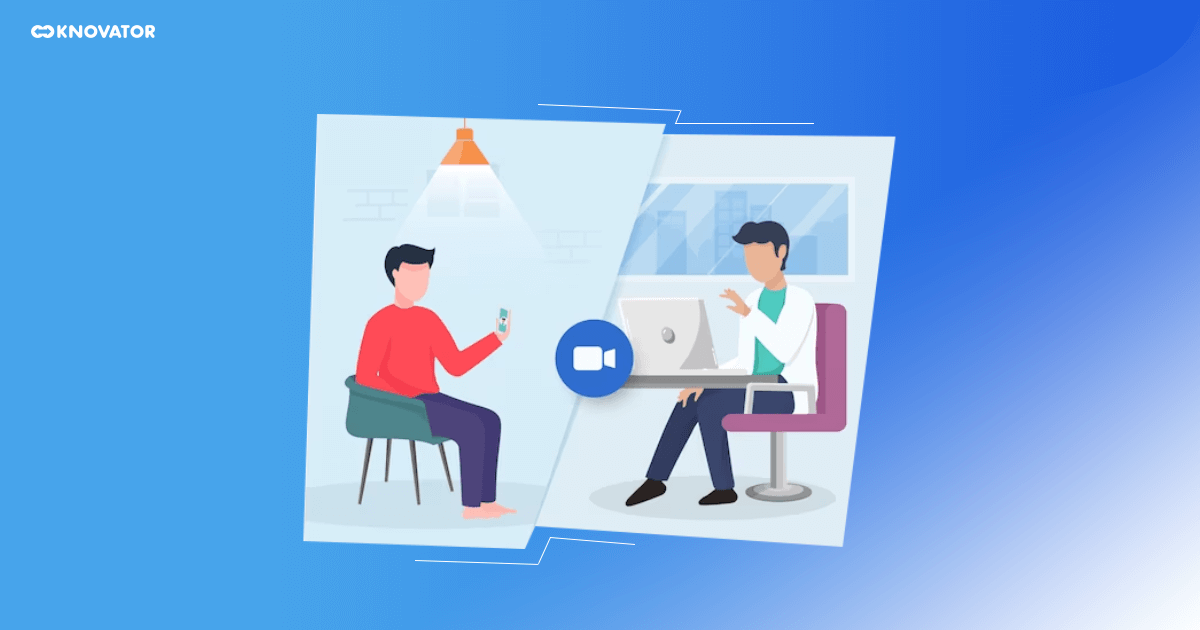 Health professionals understand well that Remote Patient Monitoring represents significant benefits to the patients.
Health professionals understand well that Remote Patient Monitoring represents significant benefits to the patients.
Remote Patient Monitoring helps reduce the barriers that arise when following up on a medical condition or making a medical visit.
Adopting the RPM system will be faster and better once patients know and understand how it improves their lives and medical treatment when the implementation of these systems by health professionals.
Medical professionals have improved efficiency and effectiveness with the use of RPM and are the reason they have increased the use of it.
According to the survey conducted by Qardio, 87% of care providers will be investing in RPM and telehealth.
click here to learn about how to launch your telehealth startup effectively.
And more importantly, over 95% of them have stated that they will encourage more patients to monitor their health remotely in the convenience of their home.
Real-time treatment at the safety of their home
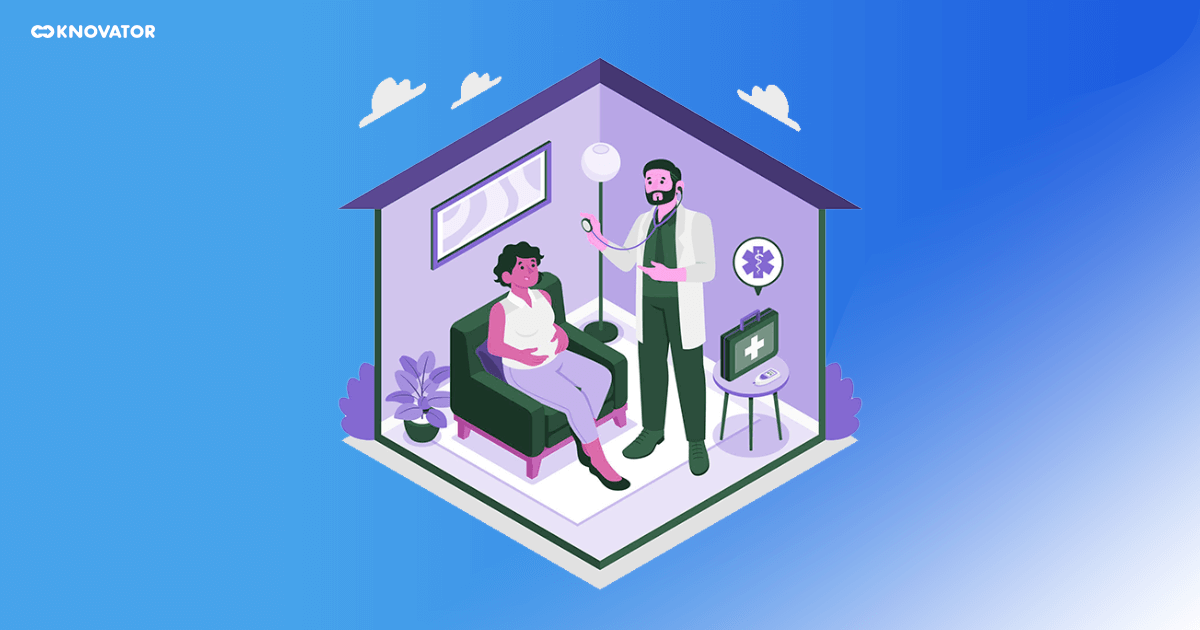 Do the patients feel safe when visiting the hospital with Covid – 19 patients?
Do the patients feel safe when visiting the hospital with Covid – 19 patients?
Most of the time, it does not matter when hospitals follow all the right- health and hygiene standards. Still, there is the fear factor in patients’ minds entering the hospital that treats Covid – 19 cases.
Patients no longer need to visit the clinic or hospital with remote patient monitoring. It facilitates doctors and patients with real-time diagnostics.
It also helps consultations over video calls and detects any abnormalities remotely. A survey was conducted over 5600 Qardio users to discover their opinion on using RPM devices in the 2020 pandemic.
70% of participants believed that, since the pandemic was going on, monitoring their heart health at home was very and extremely important.
Moreover, 93% of participants shared that having a blood pressure monitor at home made them feel safer.
Patient empowerment
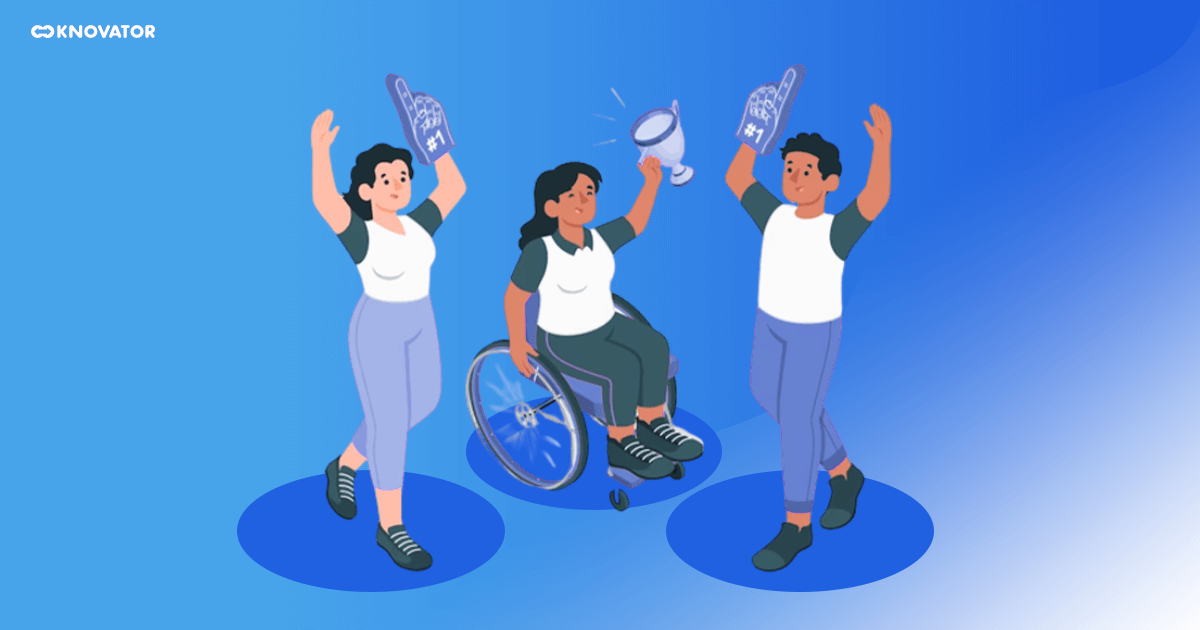 Treatment of all types of conditions involves both the doctor and the patient.
Treatment of all types of conditions involves both the doctor and the patient.
Just think from the point of view of the patients. How do they feel if they do not know their health status through engaging with the treatment?
Thanks to the remote patient monitoring systems. With the help of RPM, patients are now taking responsibility to check their measurements.
They also share the data with their doctors. It improves patient participation and engagement in the process.
A study was held on hypertension patients in 2015 to determine the effectiveness of a remote patient monitoring system.
According to the study, participants over 55 years old showed significant improvements in their systolic blood pressure with remote patient monitoring compared to the control group.
Patients save time and money with RPM
 It can be an investment in time and money for patients visiting the clinic or hospital.
It can be an investment in time and money for patients visiting the clinic or hospital.
There are some of the steps that all patients must follow for regular check-ups with the doctor, such as:
- Calling to make an appointment
- Going to the medical centre
- Waiting for the doctor
- Going back home
Remote patient monitoring helps patients to reduce travel costs and time. Doctors will have more time to focus on other patients and attend emergencies when more and more chronically-ill patients adopt RPM systems.
Related : Benefits of Buy Hospital Automated Prior Authorization Solution
Benefits to Hospital, Provider and Clinic:
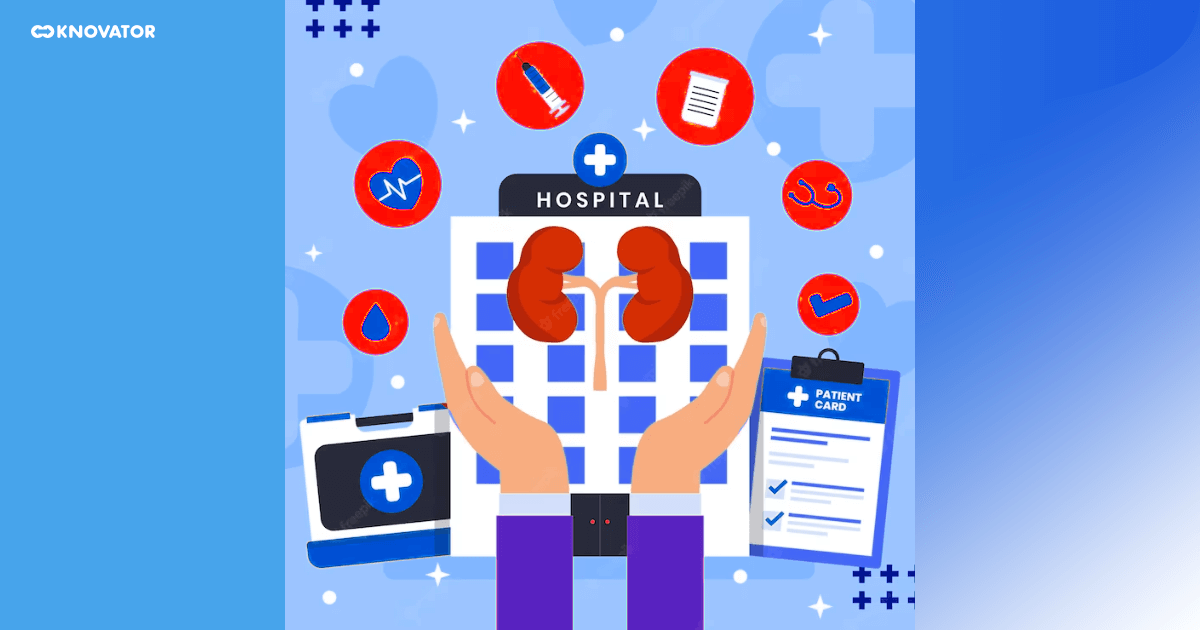 There is a great importance of remote patient monitoring for a practice to implement.
There is a great importance of remote patient monitoring for a practice to implement.
There are several benefits remote patient monitoring can and should be part of the modern healthcare organization.
Let us explore some of the many advantages of remote patient monitoring for doctors and their teams:
Increased Engagement:
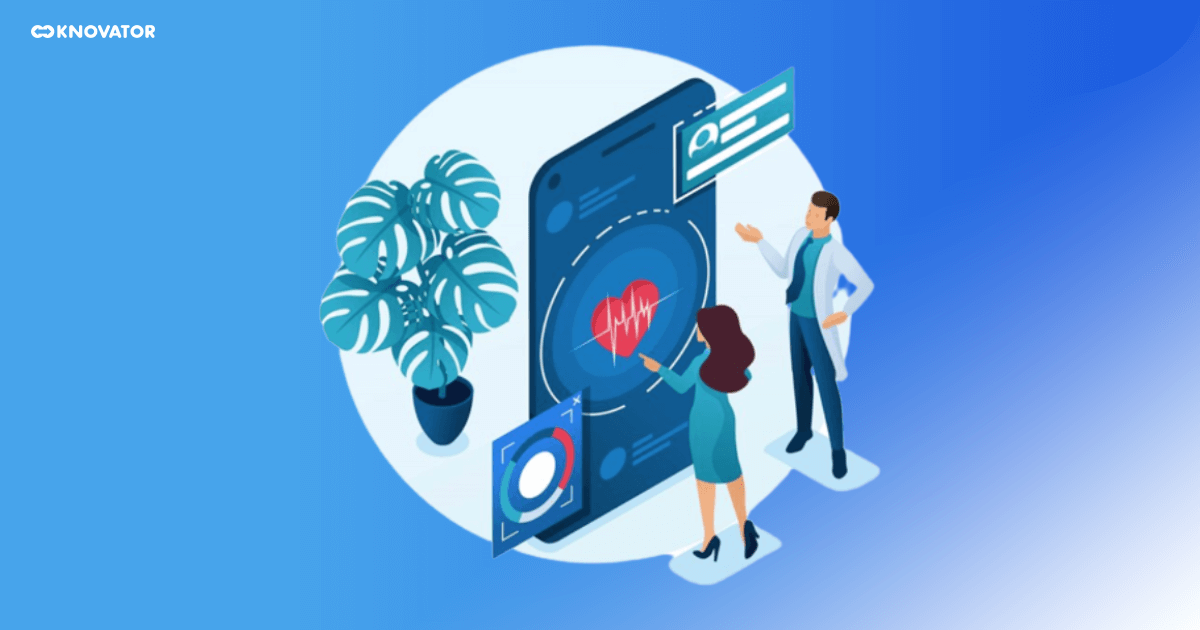 It is a fact that patients engaged in their own treatment are healthier patients.
It is a fact that patients engaged in their own treatment are healthier patients.
In traditional healthcare models, patients strayed from their treatment plans or lost track of their treatment goals.
One of many remote patient monitoring benefits is it can boost patient and doctor engagement.
Consistent monitoring empowers doctors and patients to be more involved in the treatment and understand how the conditions progress.
Greater Efficiency:
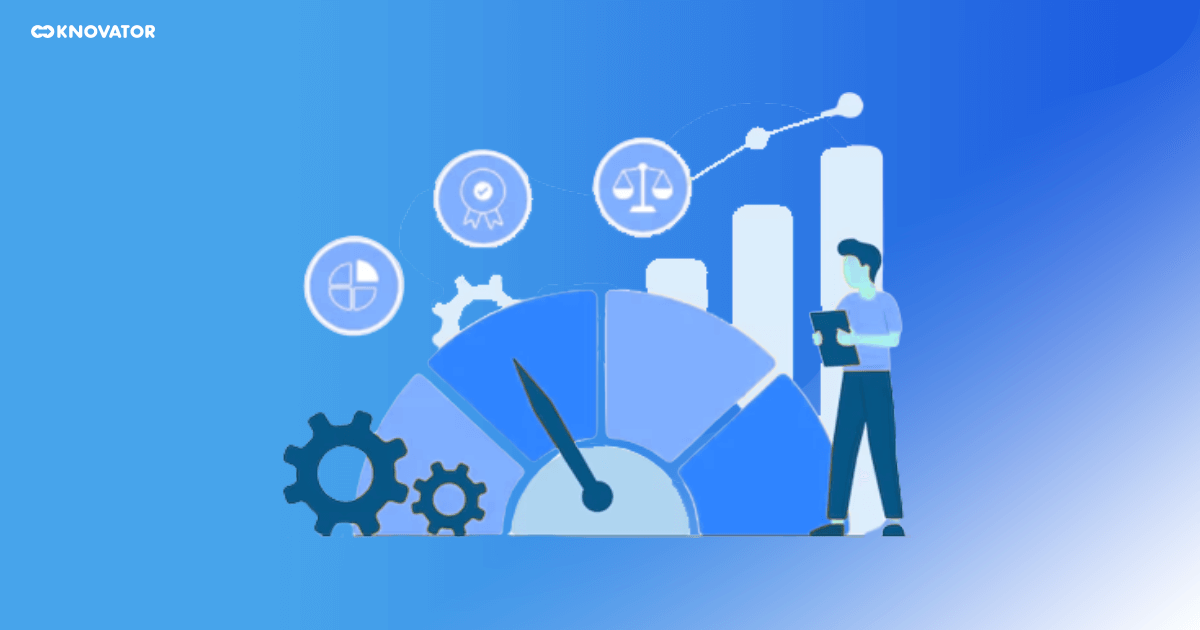 To appropriately allocate the time and resources, the healthcare providers must do the best they can.
To appropriately allocate the time and resources, the healthcare providers must do the best they can.
Without necessarily setting up an in-person appointment, the healthcare personnel can provide more frequent care and guidance to patients by monitoring the patients remotely.
For example, when a patient suffers from hypertension and experiences a spike in blood pressure, the doctor can receive an alert.
The staff then reach the patient via text, phone call or email to check and offer treatment.
For every step along the way, the RPM puts less strain on office operations than scheduling visits.
Better Personalization:
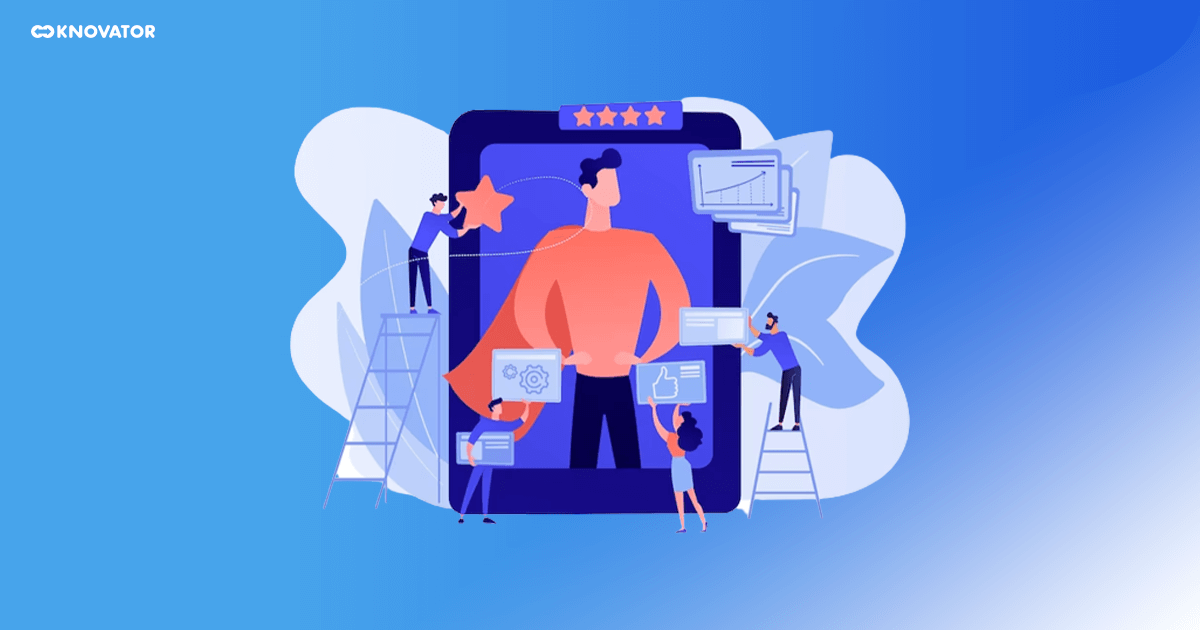 It may sound counter-intuitive. But it can lead to more personalized care being able to monitor patients from a distance.
It may sound counter-intuitive. But it can lead to more personalized care being able to monitor patients from a distance.
The doctors and caregivers get a more comprehensive picture of how the patient is progressing when provided with a steady stream of information 24/7 about the condition of patients.
Every interaction becomes much more impactful between a doctor and a patient.
Incorporating other elements of telehealth, such as video conferencing, the patients and the doctors can initiate virtual chat at any time to discuss how the plan is going forward.
It results in a higher degree of personalization and direct interaction.
Decreased Adverse Events:
 Individuals are constantly tracking vitals during an RPM program, which are the key health indicators.
Individuals are constantly tracking vitals during an RPM program, which are the key health indicators.
It becomes easier to identify red flags before they become problematic, with the valuable information readily available for patients and doctors.
As a result, those leveraging RPM across their patient population see a reduction in readmissions.
Lower ED utilization rates prove that these insights can drive timely interventions. That helps to keep individuals out of the hospital.
Also Read : Top Telehealth Business Ideas
Chronic Care Improvements:
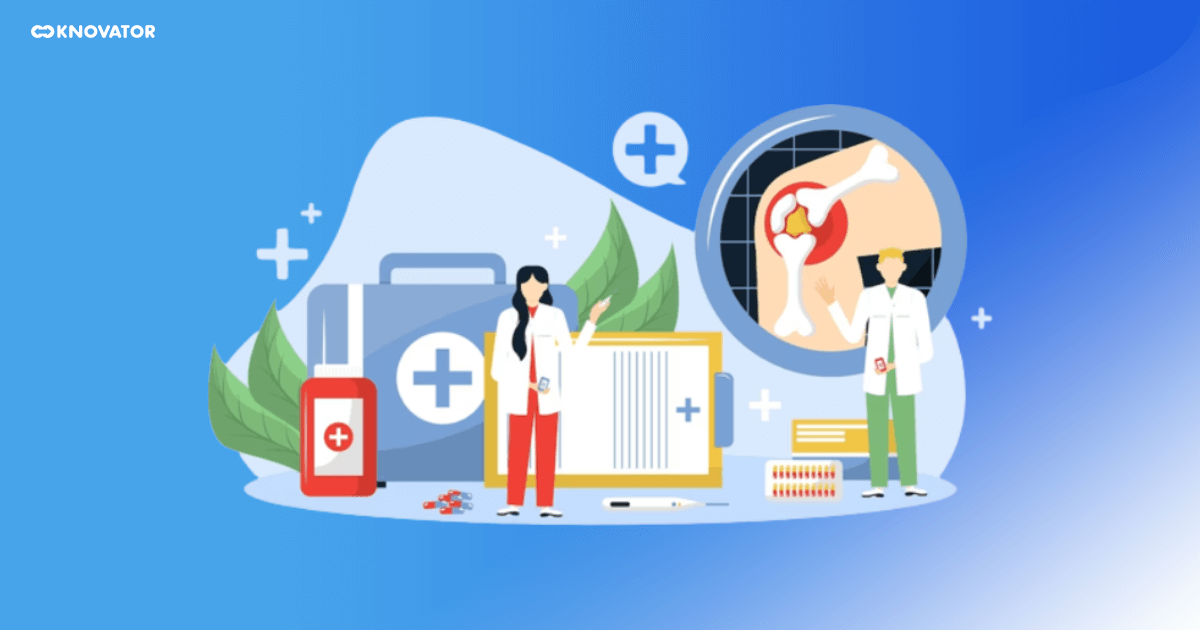 Thanks to remote patient monitoring, patients with chronic conditions such as elevated blood pressure or diabetes can be cared for with greater ease.
Thanks to remote patient monitoring, patients with chronic conditions such as elevated blood pressure or diabetes can be cared for with greater ease.
For example, as doctors receive constant updates on the blood glucose level can intervene before an adverse event occurs if it is imbalanced.
Even patients may find it easier to follow the suggested steps to adjust their lifestyles, as they can see how they are doing in real-time.
The fact is the remote patient monitoring system could lead to better outcomes and higher levels of patient satisfaction.
In turn, it means a more successful practice.
Remote patient monitoring has a lot to offer providers, as well as the people they treat.
To lead to better results in every aspect of your practice, adding a remote patient monitoring platform to your operations can bring a host of benefits.
To do so, you can explore the complete insight – How to launch your remote patient monitoring startup successfully in 2023?
First of all, you need to understand why you want to launch your remote patient monitoring startup.
Secondly, you need to be sure that you have internal alignment on these motivating reasons.
It is all right if you may not have all the answers right now. However, consider the following questions:
- What are your clinical objectives to implement RPM?
- What specific treatment or patient segments to treat through RPM?
Make a list of your existing patients and identify the patients likely to benefit from your initial rollout of remote patient monitoring. Determine how your initial eligible patient volume might look.
Most healthcare providers see remote patient monitoring to scale the number of patients they can efficiently and effectively treat.
Lastly, most practices can improve revenue cycle management through RPM, while any new service line comes with costs.







